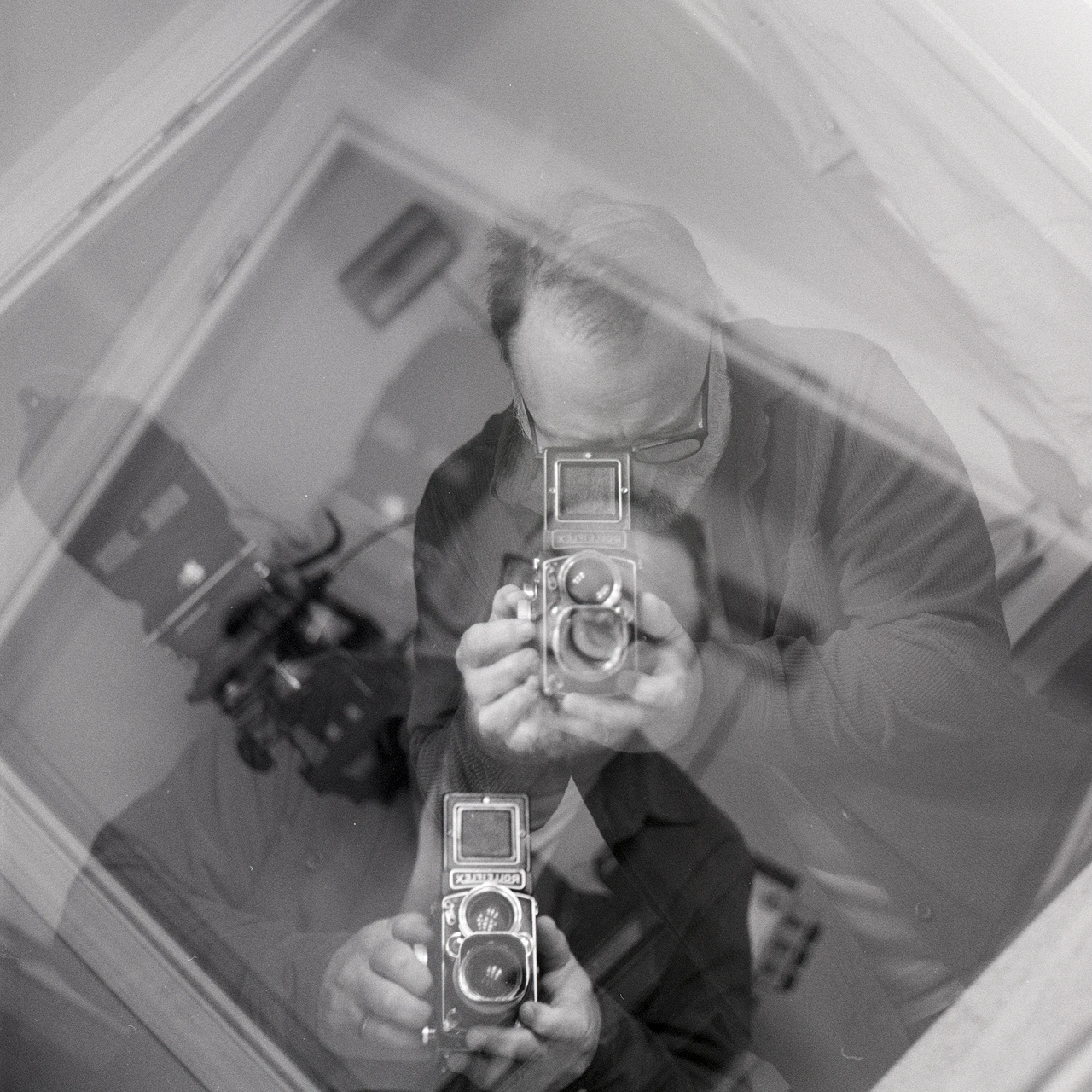Pebble is launching a ring called Index 01 for voice recording. The design looks a little more clunky than the upcoming ring from Sandbar, but the Pebble ring is less than half the price, with an open architecture. Pre-orders are going to fly off the shelves at $75.
Page 1 of 9
Ben Werdmuller blogging about the enduring strength of RSS and ideas for the future:
Feeds have always been powerful for consumption. But the internet is a conversation, and the next generation of RSS-powered applications should unlock its potential for creation and collaboration.
Updated my parks page. This wraps up the second year with 28 parks. Well below what I had hoped for. At this pace, it will take me over 4 more years.
Roll 067 (2025) / Rolleiflex 2.8D
I was bored this afternoon so I just walked around the house and used up a roll of HP5 in the Rolleiflex.







No Phones in The Ten-don Shop — Ridgeline issue 218
Be your own Imoya
We did get to hear some good singing today at the funeral. Hearing this today draws up out of my memory all those country folks, in their country churches, singing their songs in that “high lonesome sound.” We drove around the old stomping grounds in Springville after the burial, reminiscing.
Of interest: Building in public / Some working notes on OTHERWISE – rebecca toh’s untitled project
OTHERWISE is a school for the new world. But what do we mean by the new world?
The new world is not something that exists tomorrow or in the future. The new world exists now, and is created rather than lived into.


